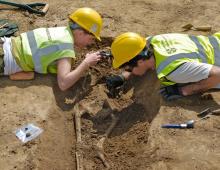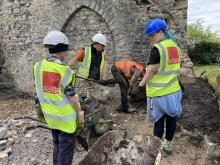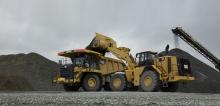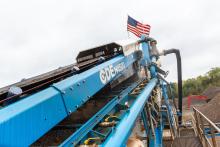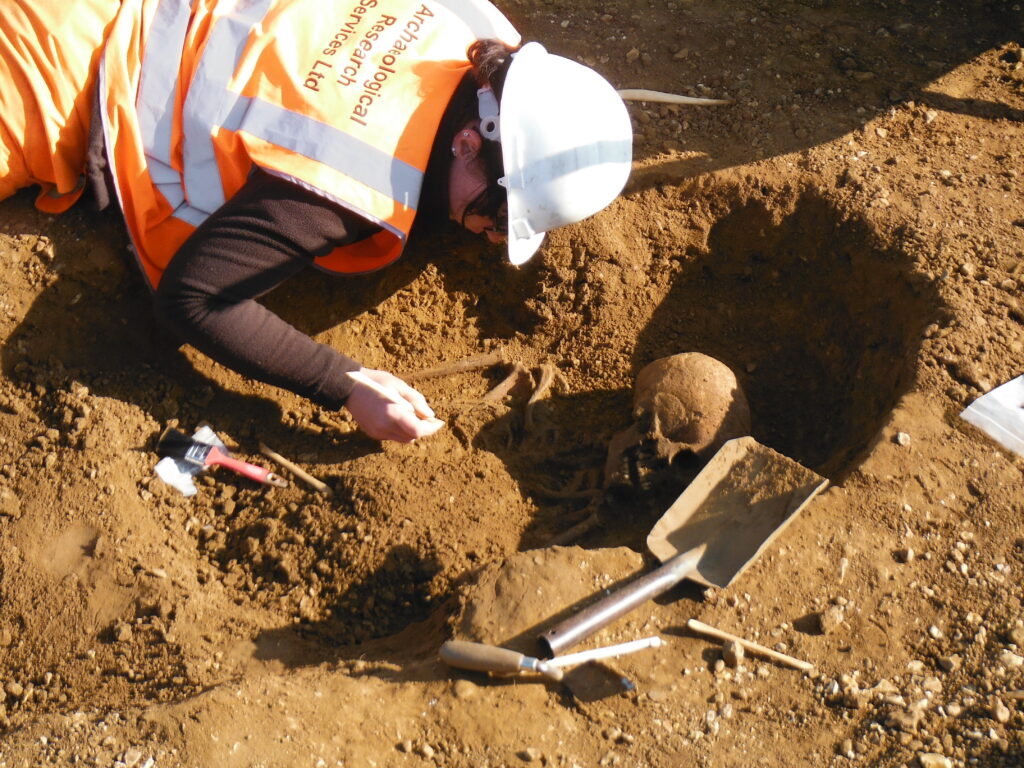
The nomination is for ARS's exciting archaeological excavations at Breedon's Black Cat Quarry. The company says it is delighted to see this large multiperiod site get the recognition it deserves.
Voting is now open and available to everyone at: www.archaeology.co.uk/vote
Voting will remain open until early February 2023. The winners will be announced at the Current Archaeology Live! 2023 conference, held at UCL's Institute of Education on 25 February. For more information, see www.archaeology.co.uk/live.
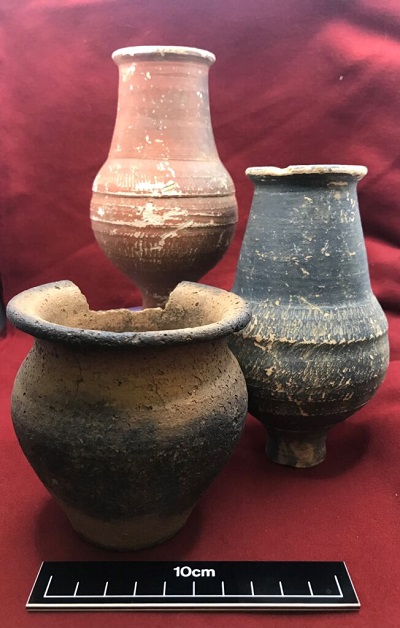
In 2013-2019 ACS carried out archaeological excavations in advance of gravel extraction at Black Cat Quarry, which is situated immediately east of the Black Cat Roundabout on the junction between the A1 and A421, roughly 6km south of St Neots and 12km east of Bedford.
Covering almost 50 hectares, the excavations revealed evidence of human activity dating from the Upper Palaeolithic period through the Neolithic, Bronze and Iron Ages, Romano-British and early medieval. From chipped stone tools and pits with early ceramics, the archaeology also included Bronze Age settlements, a succession of flooded Romano-British farmsteads with an associated late Roman cemetery with hybrid early Christian burials that included decapitated inhumations, along with a riverside enclosure thought to be the over-wintering camp of the Vikings and the site of the pivotal battle of Tempsford and described in the Anglo-Saxon Chronicle. Local schools visited the excavations and had the chance to excavate test pits and handle finds, while public lectures and displays have been given throughout the project, with the academic publication of the site imminent.
See ACS's Black Cat Quarry project pages for more details about the site. There is also an upcoming article in Bedfordshire Archaeology entitled, 'From Nomads to Norsemen via Farming and Flooding: An Overview of Excavations at Black Cat Quarry, Roxton, 2013-2019'. Plus, you can find ACS's Current Archaeology article entitled 'The Archaeology of Black Cat Quarry: Farming, Flooding and Fighting in the Great Ouse Valley' in Current Archaeology's June 2022 edition here.

